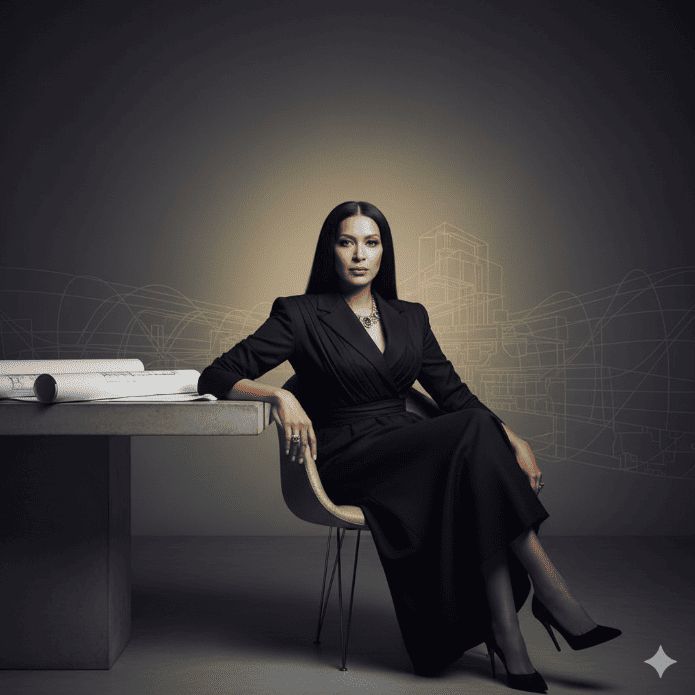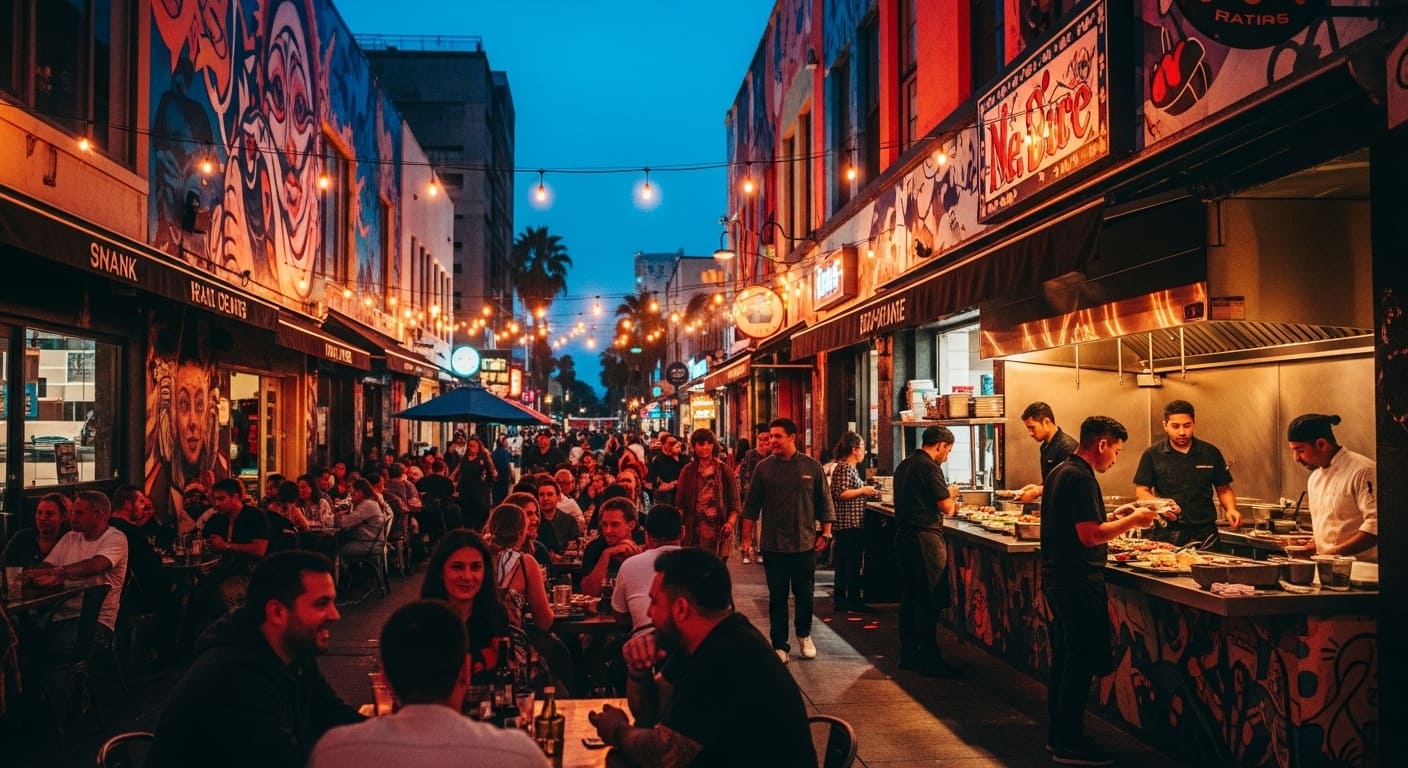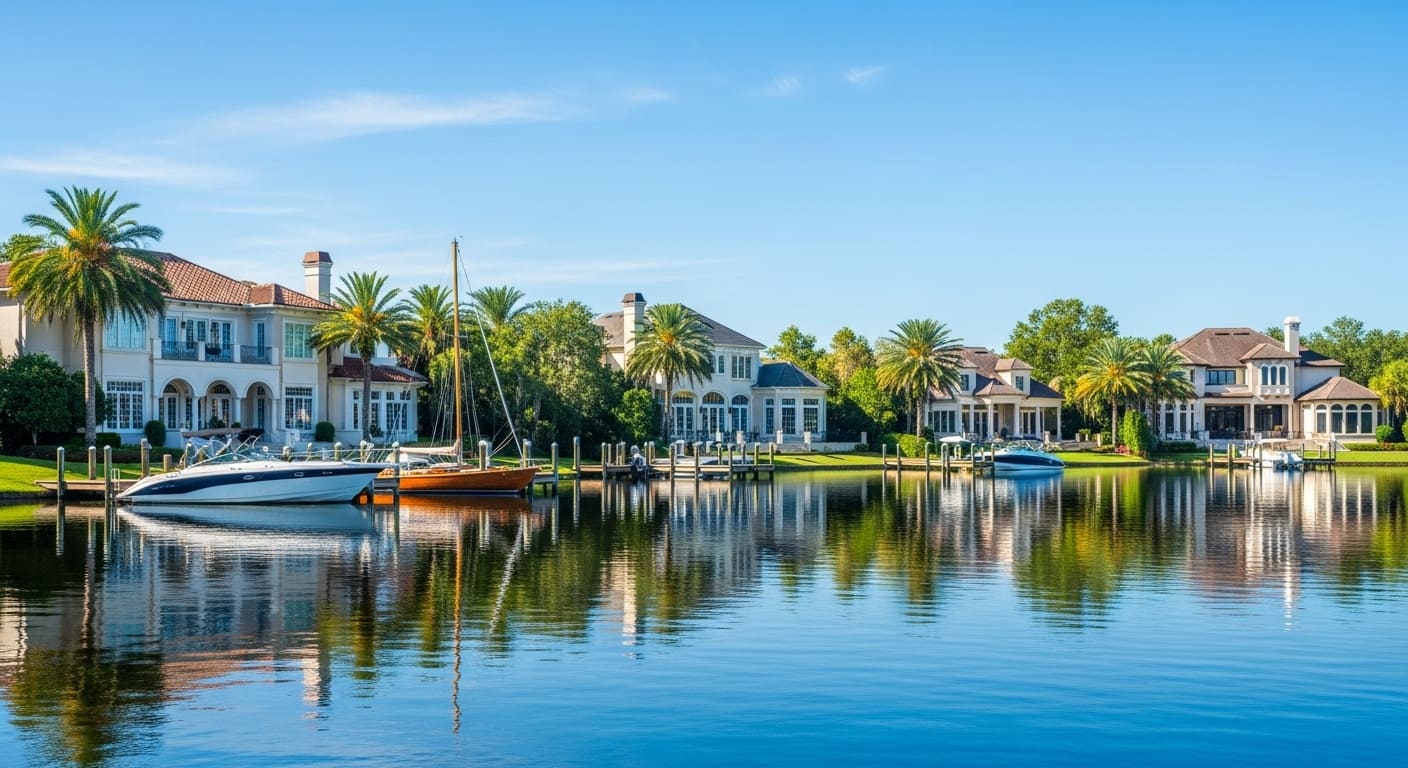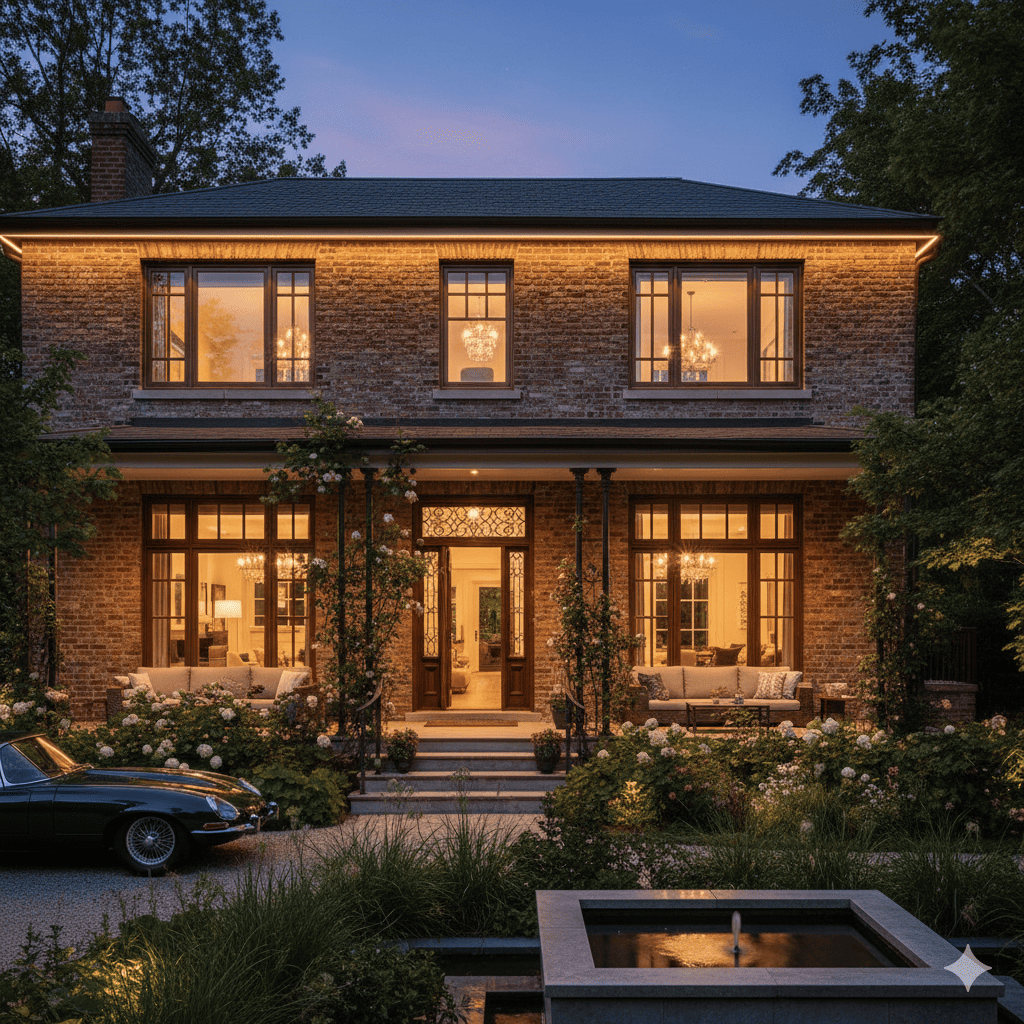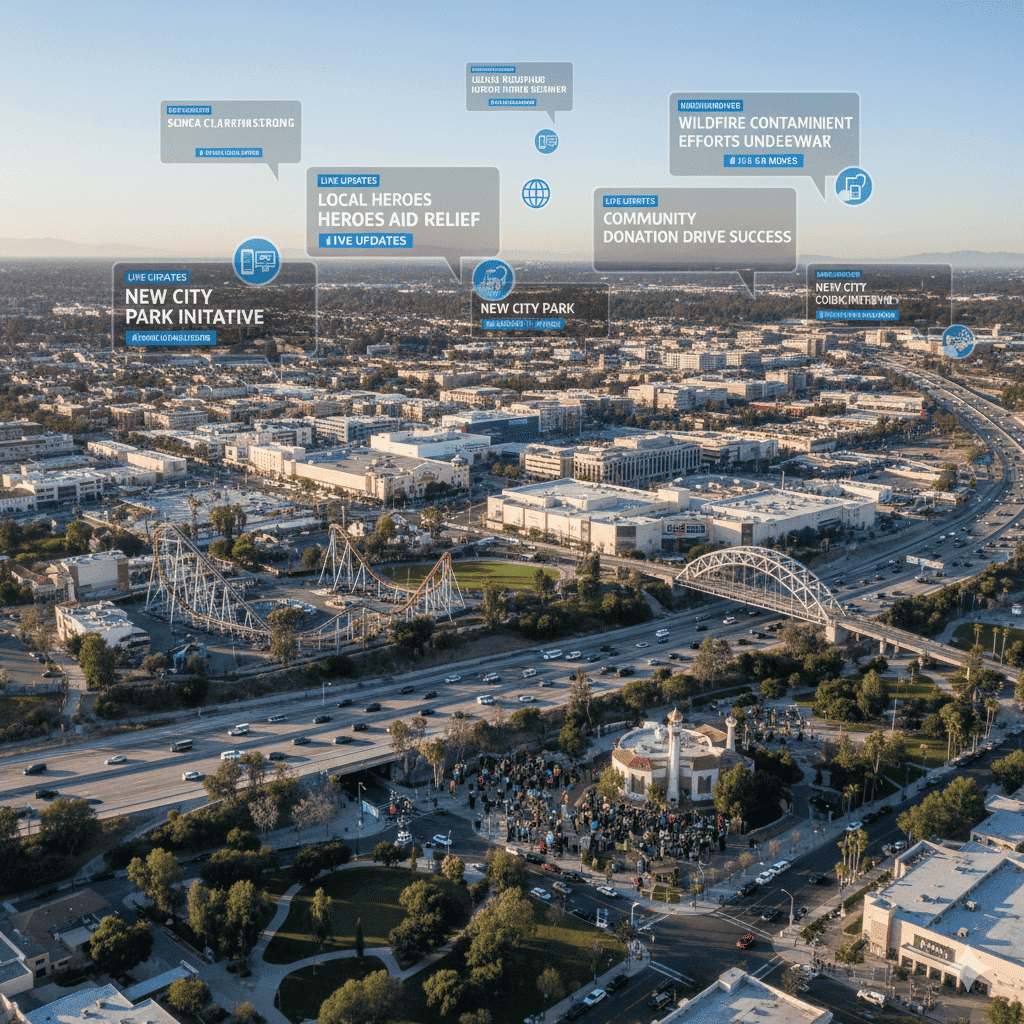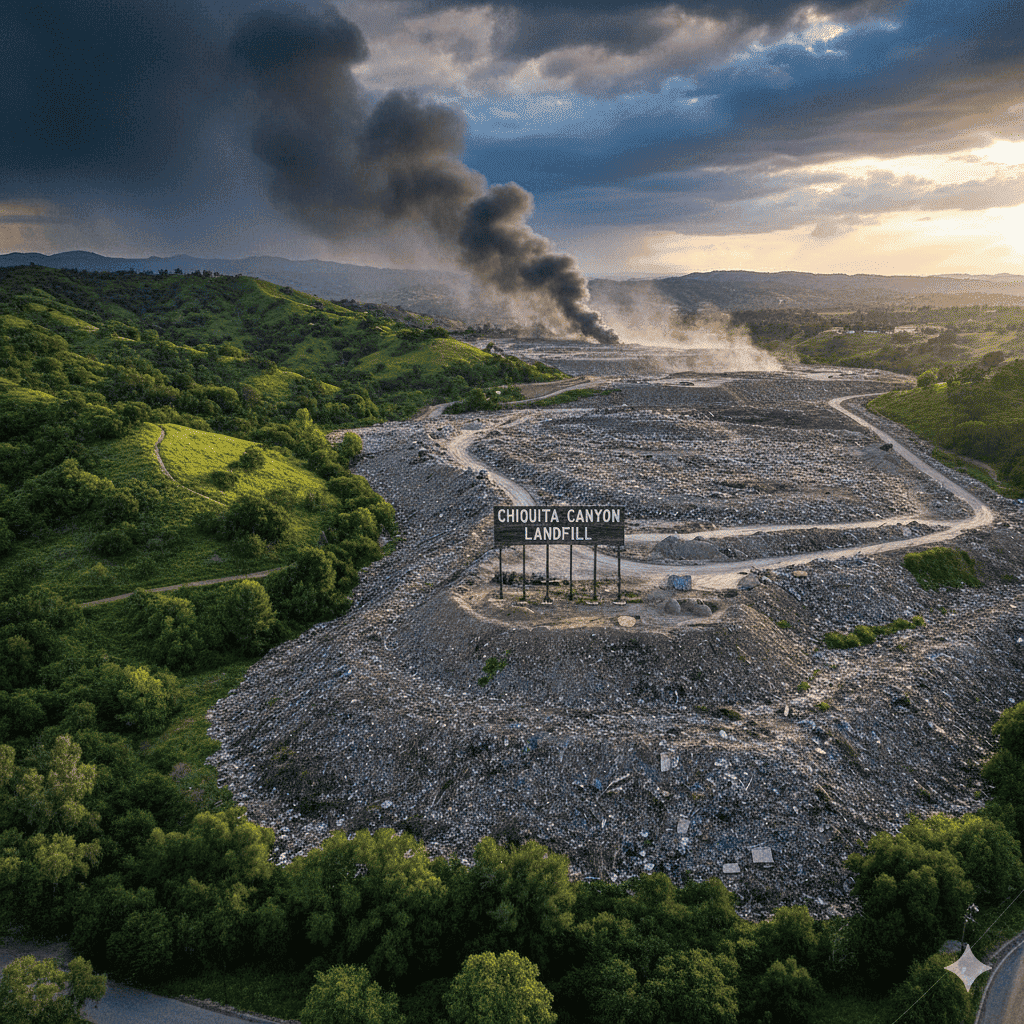Introduction:
In modern architecture, some names are just as scary and admired as Zaha Hadid. He became known as the “Queen of Curves”, and revolutionized the way of seeing architectural places by freeing rigid lines and traditional structures. His work is a symbol of speed, liquidity and the ambition of the future. With each project, Zaha Hadid challenged the design boundaries, and merged into structures that merge art, technology and architecture that feels alive.
This article examines the defined elements of the architecture of Zaha Hadid, focusing on the use of the reduction, its philosophy of flow and the vision of the future that made it one of the most influential architects of the 21st century.
The Rise of zaha hadid
Zaha Hadid was born in 1950, studying mathematics before pursuing architecture at the Architectural Association in London. This unique academic background affected their analytical approach to space and geometry. At the beginning of his career, he got a rumor for his bold, almost impossible sketches – and showed that many critics dismissed it as very radical to do so.
Nevertheless, his endurance and groundbreaking views finally translated into specific places around the world. From cultural institutions to housing towers, Zaha Hadid redefined the opportunities for modern architecture.
The Power of Curves: Breaking the Grid
Zaha Hadid’s beauty is the most recognizable identity of using curves. Traditional architecture often depends on straight lines, sharp corners and rectangular shapes, but Hadid rejected these boundaries. Instead, he embraced wide, organic forms that mimic the liquidity of nature.
The buildings of the Hidder Aliyev Center and Guangzhou Opera House in Baku reflect their attraction with curved shapes. These structures seem load -free and dynamic, as if they are still moving. From refusing to be limited to the web, Zaha had had the way the architect and the audience understand the way space.
Flow: Architecture in Motion

Another definition of Zaha Hadid’s architecture is the term flow. For Hadid, buildings should not have static boxes, but living areas that guide the movement and the interaction. She often describes her designs as a “liquid architecture”, which reflects her belief that structures should embrace rhythm and continuity.
In the 21st century Art Maxi Museum in Rome, visitors are experiencing a spontaneous travel through galleries linked between. The path and bridge begin to melt into each other, creating a sense of infinite circulation. This idea of architectural flow reflects not only aesthetic beauty, but also a functional approach that improves human experience.
Futurism in Architecture
Zaha Hadid was not happy to design for the present – her vision was always ahead of her time. His buildings often feel futuristic, resembling spacecraft, fluid sculptures or digital rendering are brought to life. He mixed the state -art engineering subjects with brave artistic concepts, which resulted in the places that embodied innovation.
Galaxy Soho in Beijing looks like a vision from another century, with domes and sweeping curves connected to each other. This future approach separated Zaha Hadid from his contemporaries. He challenged the notion of what the city’s horizon could look like and has exceeded a legacy from futuristic design that still inspires the architects.
Iconic projects that define the beauty
Heather Aliyev Center, Baku
Perhaps best known, this cultural center is a master class in fluid architecture. The uncontrolled white shape rises from the landscape without obvious boundaries, and symbolizes unity and openness. The structure is both diminishing and Zaha makes the central flow of Hadid’s style.
Guangzhou Opera House, China
Inspired by natural erosion, the design is similar to two pebbles washed evenly by the river. Inside, curved walls create an engrossing environment where sound and aesthetics work in harmony.
London Aquatics Center, UK
The wide roof of the Aquatics Center is built for the 2012 Olympics, and mimics the speed of water. This is an ideal example of Hadid’s form of hadid and the ability to function, which reflects the future.
Feminism and architectural Legacy

Zaha Hadid was not only a designer in design, but also a groundbreaking figure as a woman in the male -oriented region. She became the first woman to receive the prestigious Pritzkar Architecture Award in 2004. Her success paved the way for more female architects and strengthened the idea that innovation does not know gender.
His boldness, endurance and unique artistic voice continue to inspire new generations, not only in architecture, but in all creative subjects.
Influence beyond architecture
The influence of Zaha Hadid’s architecture is outside the buildings. Their design principles have shaped furniture, fashion and even car design. Collaboration with brands such as Adidas, Louis Wuiton and car companies reflect its versatility and future vision.
This crossover indicates that Zaha Hadid was not only an architect, but a cultural icon that stains the boundaries between subjects. The decline, flow and future philosophy resonate in industries, proving that his vision was endless.
The legacy Innovation
Even after leaving in 2016, Zaha Hadid’s architectural firm continued his vision. Projects such as Beijing Daxing International Airport and Lisa Soho Tower received the example of the energy from the same future she was known for.
His legacy lives on Skyline all over the world and the way architects think of space, structure and opportunity. More than buildings, the design experiences are dynamic, liquid and transformative.
Conclusion
Zaha hadid defined modern architecture with fearless clamps of curves, dedication to flow and imagination for the future. He pushed beyond the limits of the opportunity, creating places that feel vibrant, dynamic and endless inspiring.
His job challenges us to imagine a world where architecture is not only functional, but also poetic, where buildings use the rhythm of life. Zaha Hadid aesthetics is still a powerful reminder that innovation, creativity and vision can open many clothes in our cities.
